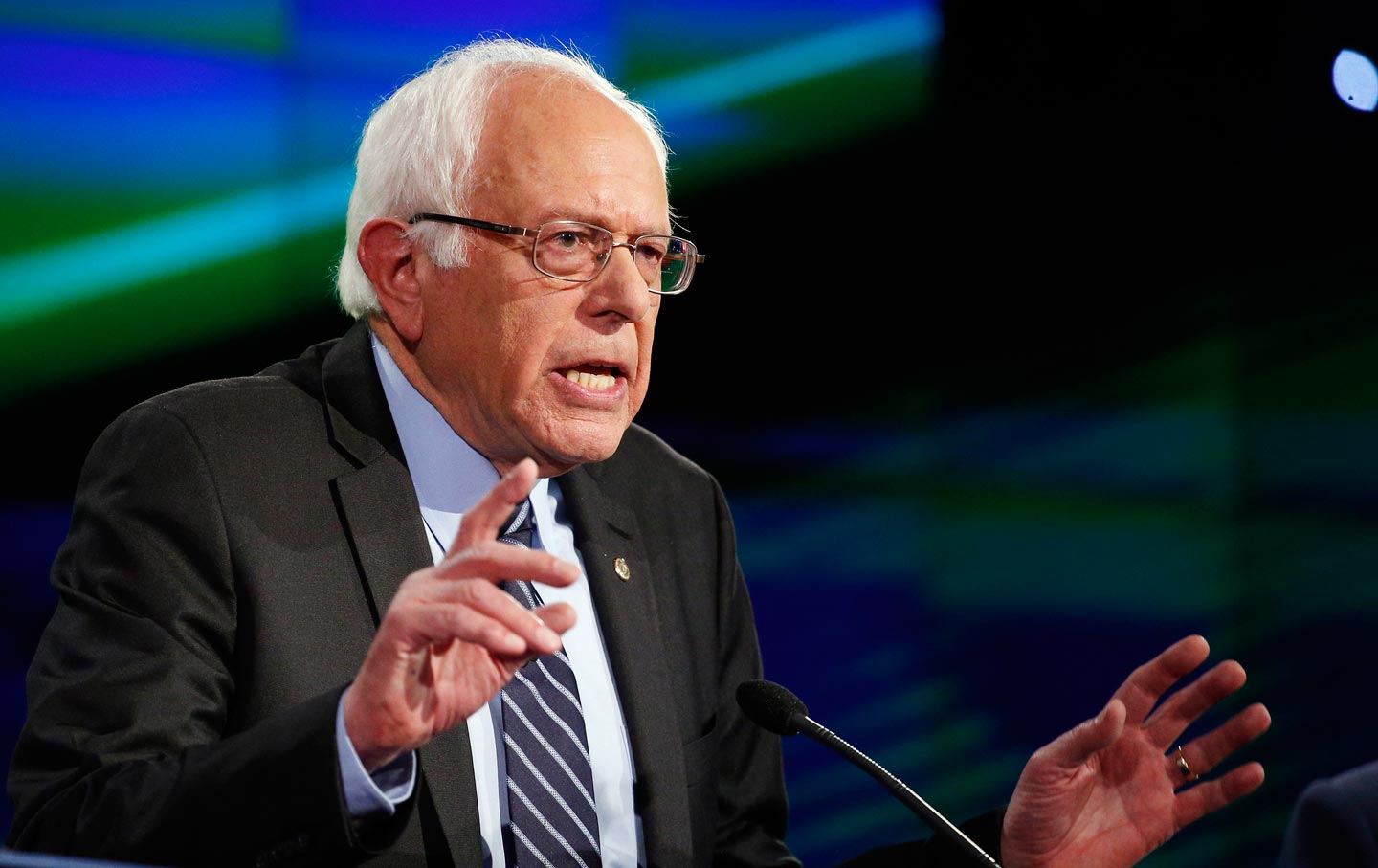Income Tax
Bernie Sanders’ Tax Plan Incudes Big Tax Hikes For High Income Americans
The figure that is likely to grab your attention is 52 percent. That is the top tax bracket proposed by Sanders, a plateau that hasn’t been reached since a watershed 70 percent rate was scaled back in the 1980s. The top tax bracket peaked at 91 percent...
Jan. 19, 2016

Just before the nationally televised Democratic debate on January 17, Vermont Senator Bernie Sanders, the main challenger for the presidential nomination to front-runner Hillary Clinton, finally unveiled his much-anticipated tax plan for the country. The main crux of the plan? Higher taxes for virtually everyone, especially the wealthiest taxpayers.
The figure that is likely to grab your attention is 52 percent. That is the top tax bracket proposed by Sanders, a plateau that hasn’t been reached since a watershed 70 percent rate was scaled back in the 1980s. The top tax bracket peaked at 91 percent under President Eisenhower, and has slowly decreased since.
To be fair, Sanders would channel the extra tax revenue into a universal health insurance plan that would build on the foundation of the Affordable Care Act (ACA), the law known as Obamacare, and expand Medicare. Although Sanders conceded that even lower-income Americans would end up paying more tax, he says they will save thousands overall. He reiterated this position in the subsequent debate.
Under Sanders’ plan, taxpayers making $250,000 to $500,000 annually would be taxed at a rate of 37 percent. The top rate, 52 percent, would apply to individuals earning $10 million or more a year. Based on recent figures, that is approximately 13,000 U.S. households. In addition, all taxpayers would be hit with a 2.2 percent tax on income and employers would have to cough up a 6.2 percent payroll tax.
Here’s the exact breakdown of the proposed tax rate changes released by Sanders’ campaign:
• 37 percent on income between $250,000 and $500,000
• 43 percent on income between $500,000 and $2 million
• 48 percent on income between $2 million and $10 million
• 52 percent on income above $10 million.
According to Sanders, a typical family earning $50,000 a year would save almost $6,000 annually. His camp claims that the average family currently pays $4,955 in premiums for private insurance and an additional $1,318 in deductibles, but a family of four earning $50,000 would pay only $466 per year under his program. Sanders added that employers would save almost $10,000 a year in health care costs and that the average annual cost for a worker with a family making $50,000 a year would drop from $12,591 to $3,100.
Besides the changes in the tax rate structure, Sanders would eliminate the preferential tax rates for long-term capital gains and qualified dividends for taxpayers in his new 37 percent tax bracket and above. These items would be taxed at ordinary income rates. Currently, the maximum effective tax rate for these taxpayers is 23.8 percent (a 20 percent tax rate on capital gains and dividends plus a 3.8 percent surtax on net investment income). The Vermont senator would also limit the benefit of itemizing deductions to a 28 percent rate.
Finally, Sanders would cut back the federal estate tax exemption from its current lofty perch of $5 million, indexed for inflation ($5.45 million in 2016), to $3.5 million, the exemption in effect in 2009. (This is the same estate tax threshold recently proposed by Clinton.) Sanders says that the change would result in additional estate tax for only 0.3 percent of American families.
At long last, the tax battle lines in the presidential campaign have been drawn. Expect the candidates to use any ammunition at their disposal.
